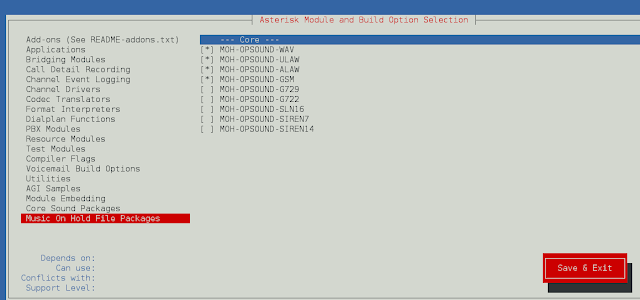The d3.selection.on() function in D3.js is used to add a particular event listener to an element. An event may be a string of event type click, mouseover, etc.
Syntax:
selection.on(typenames[, listener[, options]])
Parameters: This function accepts two parameters as mentioned above and described below:
- Typename Listener: It is a string event type such as click, submits, etc.
- Options: This is an optional object that may tell about the special characteristics of the listener.
Note: If a listener is not specified then it returns the currently assigned event for the particular element.
Return Values: This function returns the object.
Below examples illustrate the D3.js selection.on() function in JavaScript:
Example1:
HTML
<!DOCTYPE html> <html lang="en"> <head> <meta charset="UTF-8" /> <meta name="viewport" path1tent="width=device-width, initial-scale=1.0"/> <title>D3.js selection.on() Function</title> </head> <style> li { background-color: green; color: #ffffff; width: 50px; margin-bottom: 5px; padding: 20px; height: 40px; } li:hover { cursor: pointer; opacity: 0.8; } </style> <body> <ul> <li>Geeks for neveropen</li> <li>GEEKS FOR GEEKS</li> </ul> <script src= </script> <script src= </script> <script> let li = d3.select("li"); let x = li.on("click", () => { console.log("Clicked"); }); </script> </body> </html> |
Output:
Before clicking on the box:
After clicking on the box:
Example 2:
HTML
<!DOCTYPE html> <html lang="en"> <head> <meta charset="UTF-8" /> <meta name="viewport" path1tent="width=device-width, initial-scale=1.0"/> <title>D3.js selection.on() Function</title> </head> <style> li { background-color: green; color: #ffffff; width: 100px; margin-bottom: 5px; padding: 20px; height: 50px; } li:hover { cursor: pointer; opacity: 0.8; } </style> <body> <ul> <li>Geeks for neveropen</li> </ul> <script src= </script> <script src= </script> <script> let li = d3.select("li"); let x = li.on("mouseover", () => { let li = document.querySelector("li"); li.innerHTML = "mouseOver event"; }); // When cursor moves out of the li tag x = li.on("mouseout", () => { let li = document.querySelector("li"); li.innerHTML = "Geeks for neveropen"; }); </script> </body> </html> |
Output:
On mouseover:
On mouseout:








